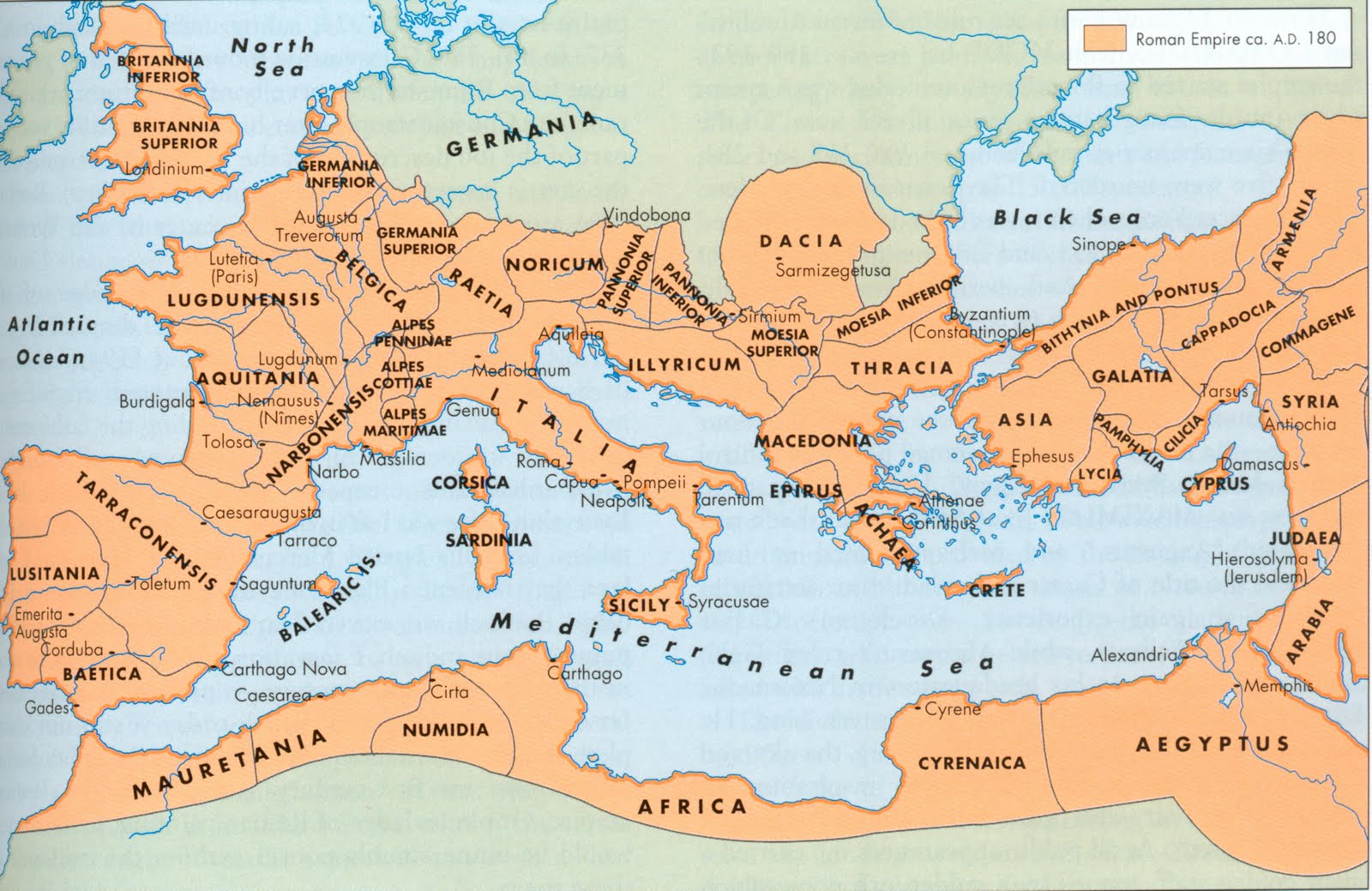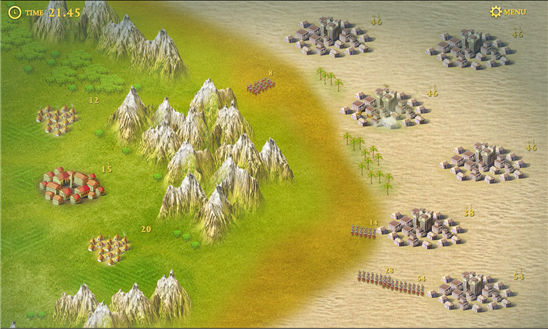
He talked about fulfilling the Scriptures but stopped short of openly declaring himself the “Messiah,” the savior of the Jewish nation prophesied in the Hebrew Bible. Attracting large crowds throughout his native Galilee (in modern-day Israel), he preached a message of forgiveness, love, and renewal. 26 or 27, when Jesus of Nazareth began his public ministry. The edict granted “to the Christians and others full authority to observe that religion which each preferred.”Ĭhristianity emerged in the far reaches of the Roman Empire sometime around A.D.

313 Constantine met with Licinius, the eastern emperor, and together they issued the Edict of Milan.

Modern scholars still debate the tale and whether Constantine’s conversion was sincere or a political maneuver. When he triumphed at Milvian Bridge, he attributed the victory to the god of the Christians. The emperor marked the Christian symbol of the cross on his soldiers’ shields. But of far greater import was a revelation he experienced before the battle.Īccording to Constantine’s biographer Eusebius, Constantine and his forces saw a cross of light in the sky, along with the Greek words for “In this sign conquer.” That night, Constantine had a dream in which Christ reinforced the message. He defeated one rival, his brother-in-law Maxentius, and gained the mantle of western Roman emperor. 312 was a watershed moment for Constantine. The Battle of Milvian Bridge outside Rome in A.D. He spent the next 18 years battling the three other Roman rulers-his rivals-to become the sole emperor.

306, Constantine was declared emperor by his father’s soldiers. Learn about the rise and fall of this ancient civilization and how its influence still endures today.ĭiocletian’s plan fell apart. This great empire flourished through innovation and incorporation of the diverse cultures they conquered, such as the adoption of Latin and gladiatorial combat. Spanning over a thousand years, ancient Rome was a civilization of constant evolution.


 0 kommentar(er)
0 kommentar(er)
